Healing Bone Fractures with Ayurveda: A Comprehensive Guide
Healing Bone Fractures with Ayurveda: A Comprehensive Guide can be painful and disruptive, requiring not only medical attention but also a holistic approach to recovery. Ayurveda, the ancient Indian system of medicine, offers a unique perspective on healing fractures that focuses on restoring balance within the body and enhancing the natural healing process. In this blog, we will explore the Ayurvedic approach to bone fractures, including its principles, treatment modalities, and preventive measures.
Understanding Bone Fractures

A bone fracture occurs when a bone is subjected to more stress than it can withstand. Fractures can be classified into different types, including:
- Simple Fractures: The bone breaks but does not pierce the skin.
- Compound Fractures: The bone breaks and protrudes through the skin, increasing the risk of infection.
- Greenstick Fractures: Incomplete fractures, often seen in children, where the bone bends but does not break completely.
- Comminuted Fractures: The bone shatters into multiple pieces.
Regardless of the type, fractures require appropriate medical intervention, which may include immobilization, surgical repair, or rehabilitation.
The Ayurvedic Perspective
Ayurveda emphasizes the importance of balance among the three doshas: Vata, Pitta, and Kapha. Each dosha plays a vital role in maintaining health, and imbalances can lead to various health issues, including bone fractures.
- Vata Dosha: Associated with movement and communication, Vata governs the nervous system and the bones. An excess of Vata can lead to brittleness of bones and increased susceptibility to fractures.
- Pitta Dosha: Related to metabolism and transformation, Pitta is responsible for the body’s heat and energy. It helps in the healing process but can lead to inflammation if imbalanced.
- Kapha Dosha: This dosha provides structure and stability to the body. A balanced Kapha is crucial for bone health, as it promotes strength and support.
The Causes of Fractures in Ayurveda
In Ayurveda, fractures are often seen as a result of multiple factors, including:
- Trauma or Injury: External forces that directly impact the bones.
- Nutritional Deficiencies: Lack of essential nutrients, particularly calcium and vitamin D, can weaken bones.
- Imbalances in Doshas: An increase in Vata or a decrease in Kapha can lead to poor bone density and increased fracture risk.
- Age and Lifestyle: Aging can lead to weaker bones, while a sedentary lifestyle can contribute to bone degeneration.
Ayurvedic Treatment for Bone Fractures
Ayurvedic treatment for bone fractures aims to promote healing, reduce pain and inflammation, and restore balance among the doshas. Here are some key components of Ayurvedic treatment:
1. Dietary Recommendations
Nutrition plays a crucial role in bone healing. Ayurveda emphasizes a balanced diet rich in calcium, vitamin D, and other essential nutrients. Foods to include:
- Dairy Products: Milk, yogurt, and paneer are excellent sources of calcium.
- Leafy Greens: Spinach, kale, and other green vegetables provide necessary vitamins and minerals.
- Nuts and Seeds: Almonds, sesame seeds, and flaxseeds are rich in calcium and omega-3 fatty acids.
- Whole Grains: Brown rice, quinoa, and whole wheat offer essential nutrients.
2. Herbal Remedies
Ayurveda employs a variety of herbs known for their bone-healing properties:
- Ashwagandha (Withania somnifera): Known for its adaptogenic properties, it helps reduce stress and promote overall health.
- Guggulu (Commiphora mukul): A potent anti-inflammatory herb that aids in healing bones and joints.
- Turmeric (Curcuma longa): Contains curcumin, which has anti-inflammatory and antioxidant properties.
- Shatavari (Asparagus racemosus): Supports overall vitality and promotes healing.
3. Panchakarma Therapy
Panchakarma is a detoxification and rejuvenation process that can be beneficial for bone health. Specific therapies may include:
- Abhyanga (Oil Massage): A warm oil massage can improve circulation, relieve pain, and promote healing.
- Basti (Enema): Herbal enemas can help balance Vata dosha, which is essential for bone health.
- Swedana (Steam Therapy): This therapy can help reduce stiffness and improve mobility.
4. Physical Therapy and Rehabilitation
Gentle exercises and physical therapy are crucial for recovery. Ayurveda recommends:
- Gentle Stretching: Helps maintain flexibility and mobility.
- Strengthening Exercises: Gradually introducing weight-bearing activities can promote bone density.
- Yoga: Specific yoga postures can enhance strength, balance, and coordination.
5. Lifestyle Modifications
Adopting a healthy lifestyle can prevent future fractures and support recovery. Key recommendations include:
- Adequate Rest: Allow your body to heal by getting enough sleep and rest.
- Hydration: Drink plenty of water to keep the body hydrated and support metabolic functions.
- Stress Management: Incorporate meditation, deep breathing, or mindfulness practices to manage stress levels.
Preventing Bone Fractures with Ayurveda
Preventing fractures involves a proactive approach to health. Here are some Ayurvedic strategies:
1. Balanced Diet
Consuming a diet rich in nutrients essential for bone health is crucial. Focus on foods high in calcium, magnesium, and vitamin D, while avoiding processed foods and excessive salt.
2. Regular Exercise
Engaging in regular physical activity strengthens bones and muscles. Incorporate weight-bearing exercises, yoga, and flexibility training into your routine.
3. Mindful Living
Practicing mindfulness can help reduce stress and promote emotional well-being. Engage in activities that bring you joy and fulfillment.
4. Routine Health Check-Ups
Regular check-ups with a healthcare provider can help monitor bone health, especially as you age. Screenings for osteoporosis and other bone-related conditions can help catch issues early.
Conclusion
Ayurveda offers a holistic approach to healing bone fractures that emphasizes the importance of balancing the doshas, proper nutrition, herbal remedies, and lifestyle modifications. By integrating these principles into your recovery process, you can enhance healing and reduce the risk of future fractures. Always consult a qualified Ayurvedic practitioner or healthcare provider for personalized guidance tailored to your unique needs. With the right approach, you can pave the way for a stronger, healthier future.

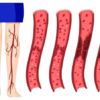
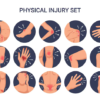
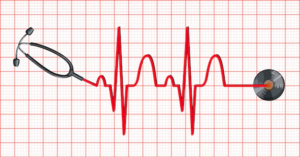
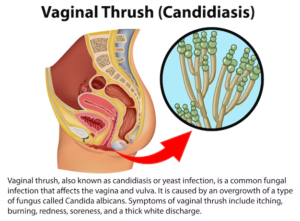
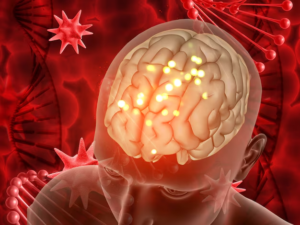
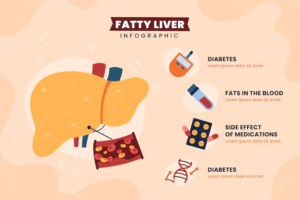
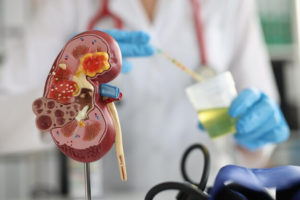
Leave a reply